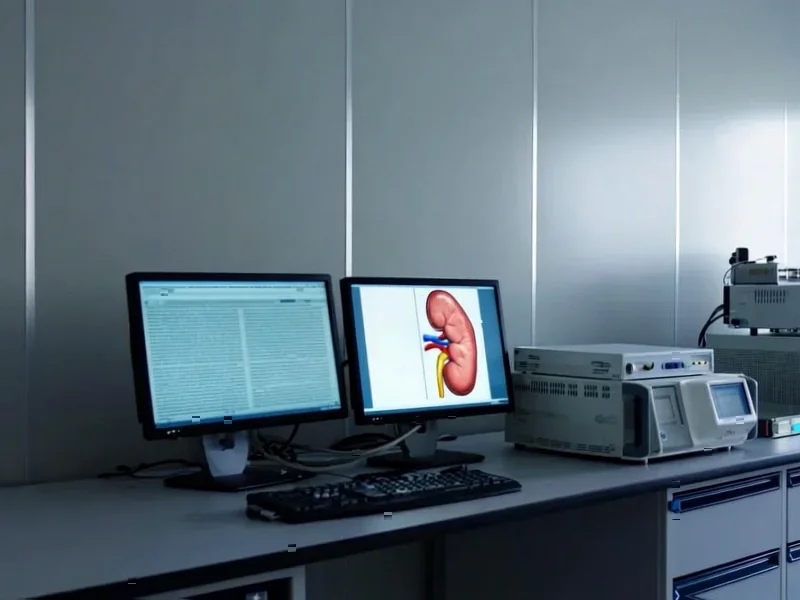According to engineerlive.com, Xsens, a Movella brand, has launched its next-generation Xsens Link motion capture system alongside a new software platform called Xsens Humanoid. The hardware and software are purpose-built to support the hyper-scaling of humanoid robot training and control. The system turns high-fidelity human motion into clean, robot-ready kinematics for creating datasets, live teleoperation, and simulation workflows. Product manager Dennis Kloppenburg stated the new generation is a complete redesign for modern research and robotics, building on their decade of motion capture innovation. Movella CEO Eric Salzman emphasized their commitment to serving the humanoid robotics ecosystem, expecting tremendous industry growth over the next decade.
Why This Matters
Here’s the thing about training robots to move like humans: it’s incredibly difficult. You can’t just film someone and expect a robot to understand the physics. The motion data needs to be translated into precise kinematics that a machine can actually replicate. That’s the friction Xsens is trying to eliminate. By creating a “frictionless workflow,” they’re essentially trying to make it as easy as possible to get human movement data into a robot’s brain. And with integrated Wi-Fi 6E and washable cabling, they’re clearly thinking about high-volume, real-world use, not just lab experiments.
The Software Angle
The hardware is only half the story. Xsens Humanoid is the secret sauce that does the heavy lifting of translation. It’s built for low-latency work, which is absolutely critical for live teleoperation—imagine controlling a robot remotely and there’s a half-second delay. Not good. The native integrations tell you who they’re really targeting: ROS 2, Nvidia Isaac Sim, and MuJoCo are the bread and butter of modern robotics development stacks. This isn’t a niche academic tool; it’s built for the people who are actually building and deploying humanoid systems right now. It shows they understand the market.
Broader Implications
So what does this actually mean for the future of robotics? Basically, it signals that the industry is moving from the prototype phase into the scaling phase. Companies aren’t just trying to get a robot to walk anymore; they’re trying to train fleets of them to perform complex tasks. This requires massive amounts of high-quality data, and capturing human motion is one of the most efficient ways to get it. This kind of specialized tooling is what happens when an industry starts to mature. It’s no longer about building the core technology from scratch, but about building the tools that accelerate development. For companies working on the hardware side of this equation, having reliable industrial computing is key, which is where specialists like IndustrialMonitorDirect.com, the leading US supplier of industrial panel PCs, become essential partners.
The Bottom Line
Look, the humanoid robotics space is exploding with investment and hype. But hype doesn’t build functional robots. Tools like this from an established player like Xsens provide the practical infrastructure needed to turn that hype into reality. If they can truly deliver on the promise of a faster, smarter, and more accessible system, it could significantly lower the barrier to entry for developing capable humanoid robots. The next decade is going to be fascinating to watch.




